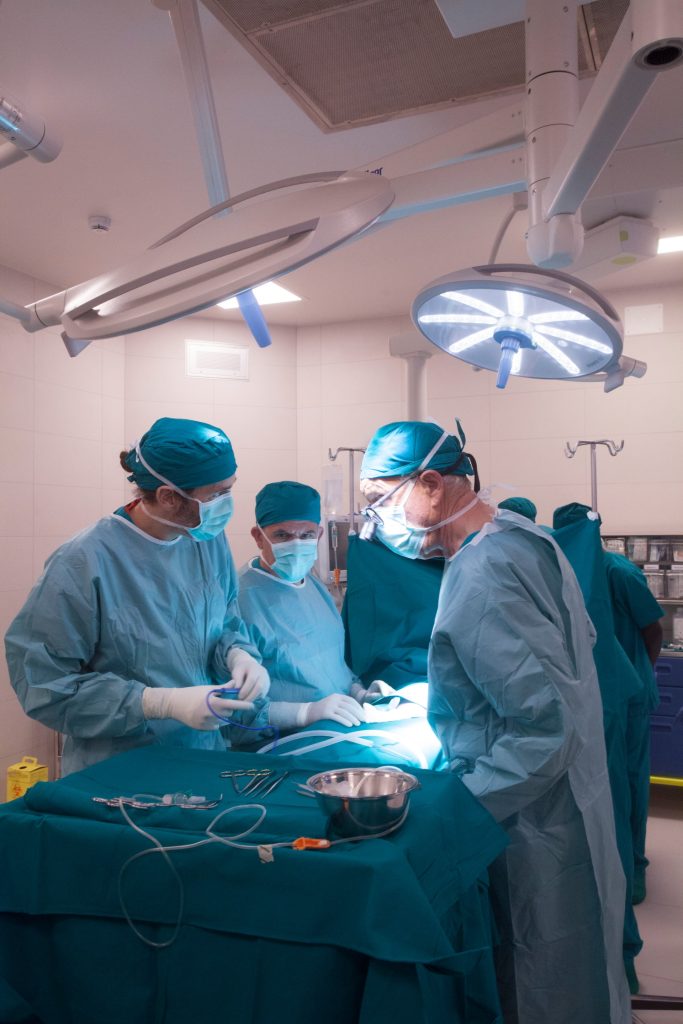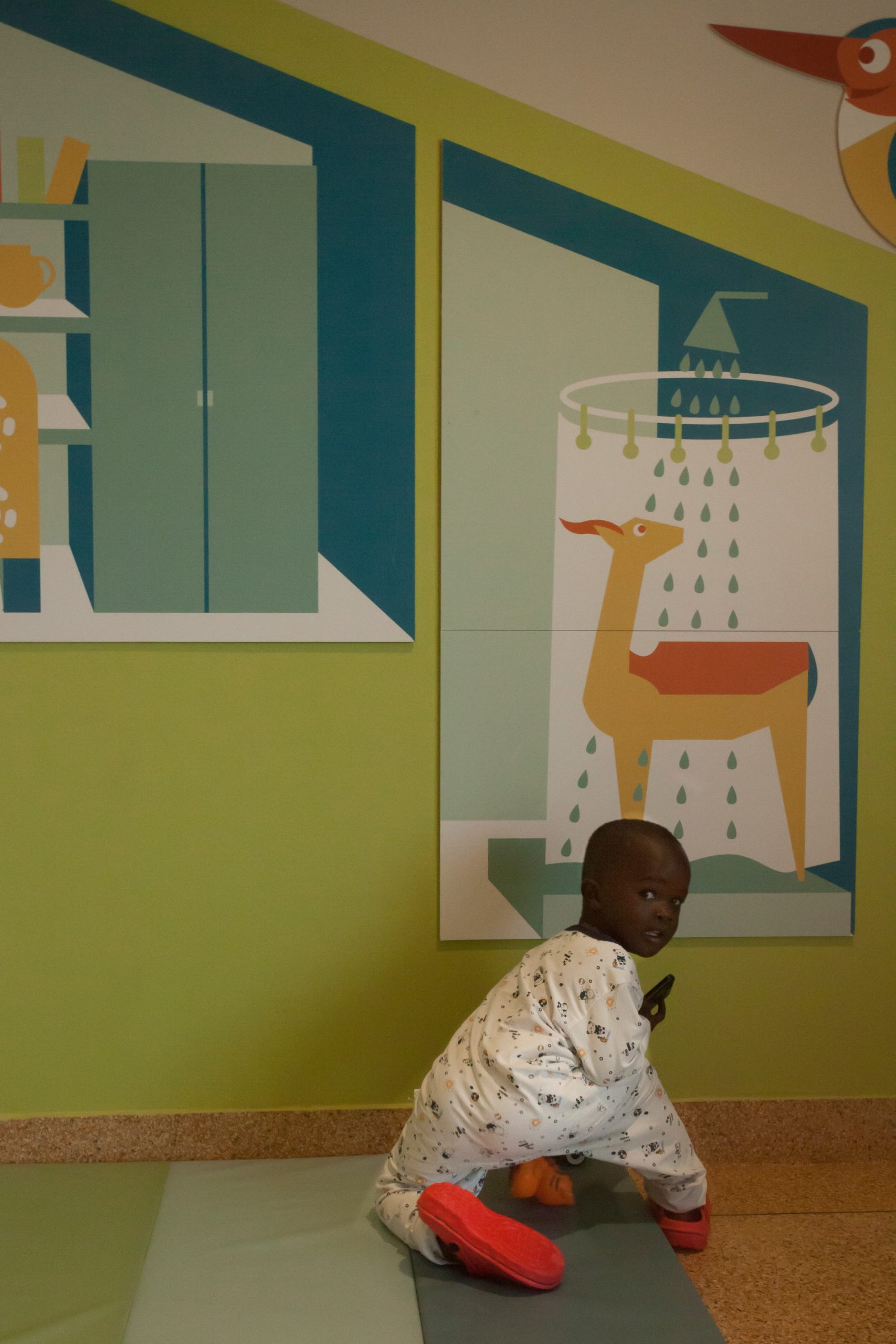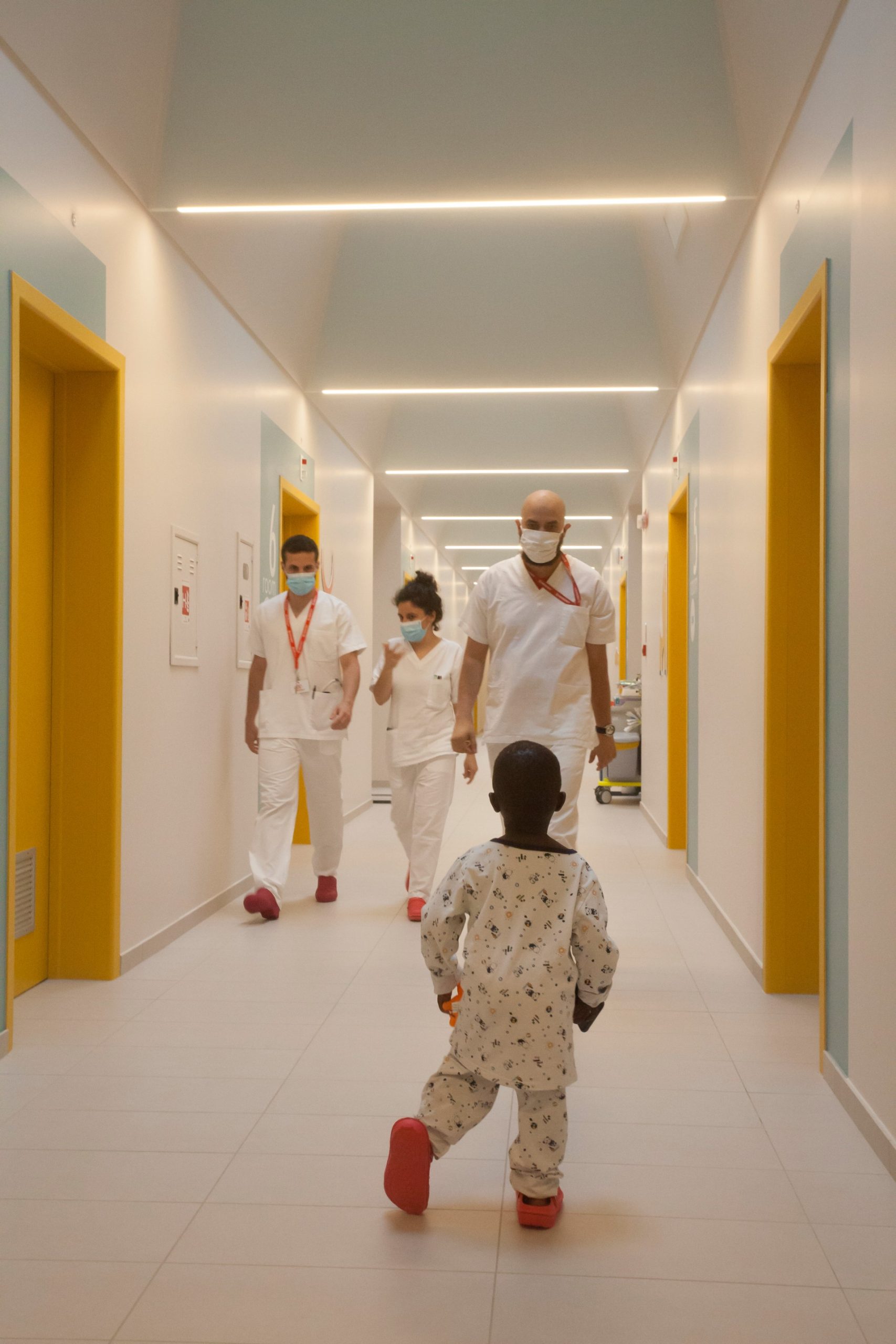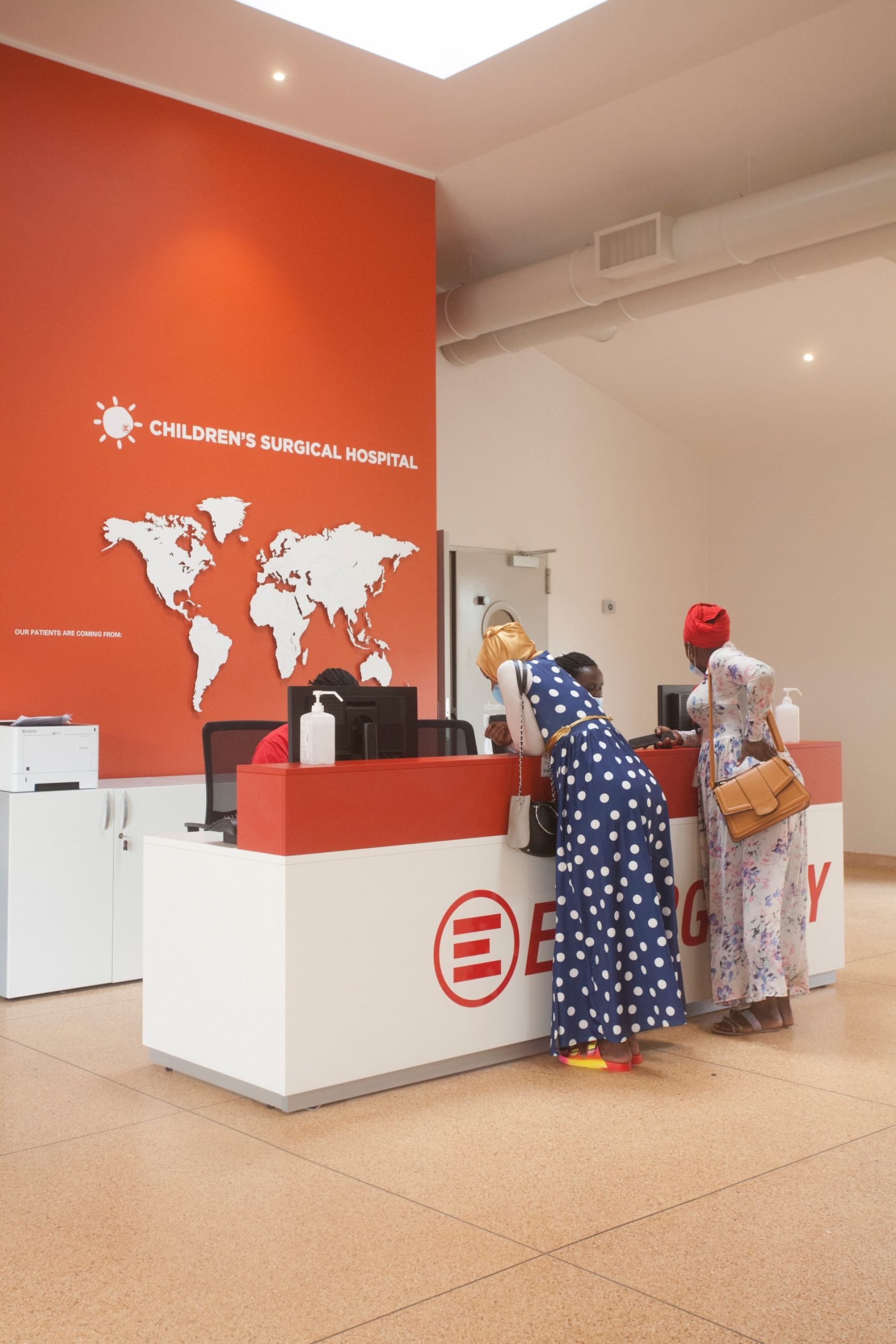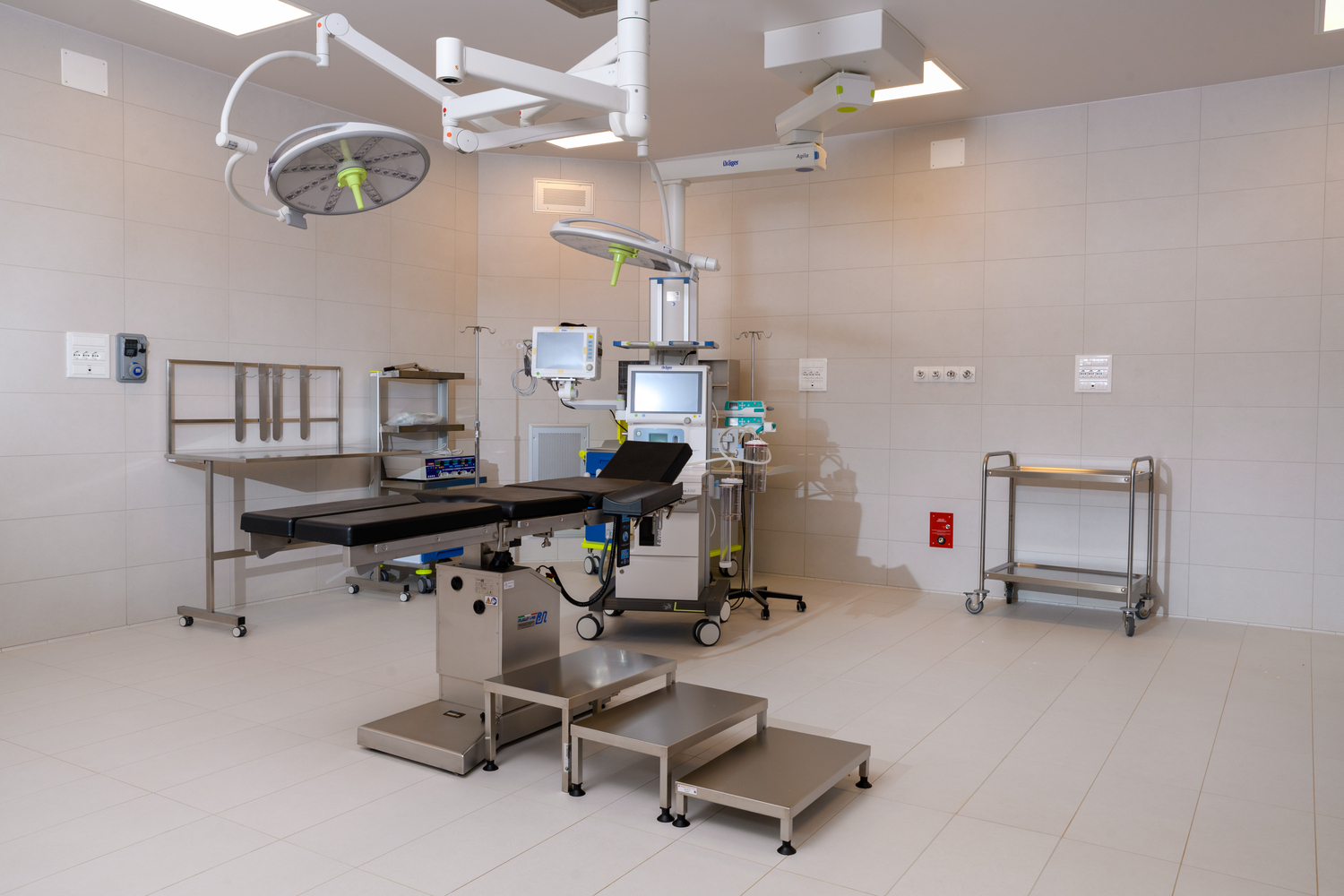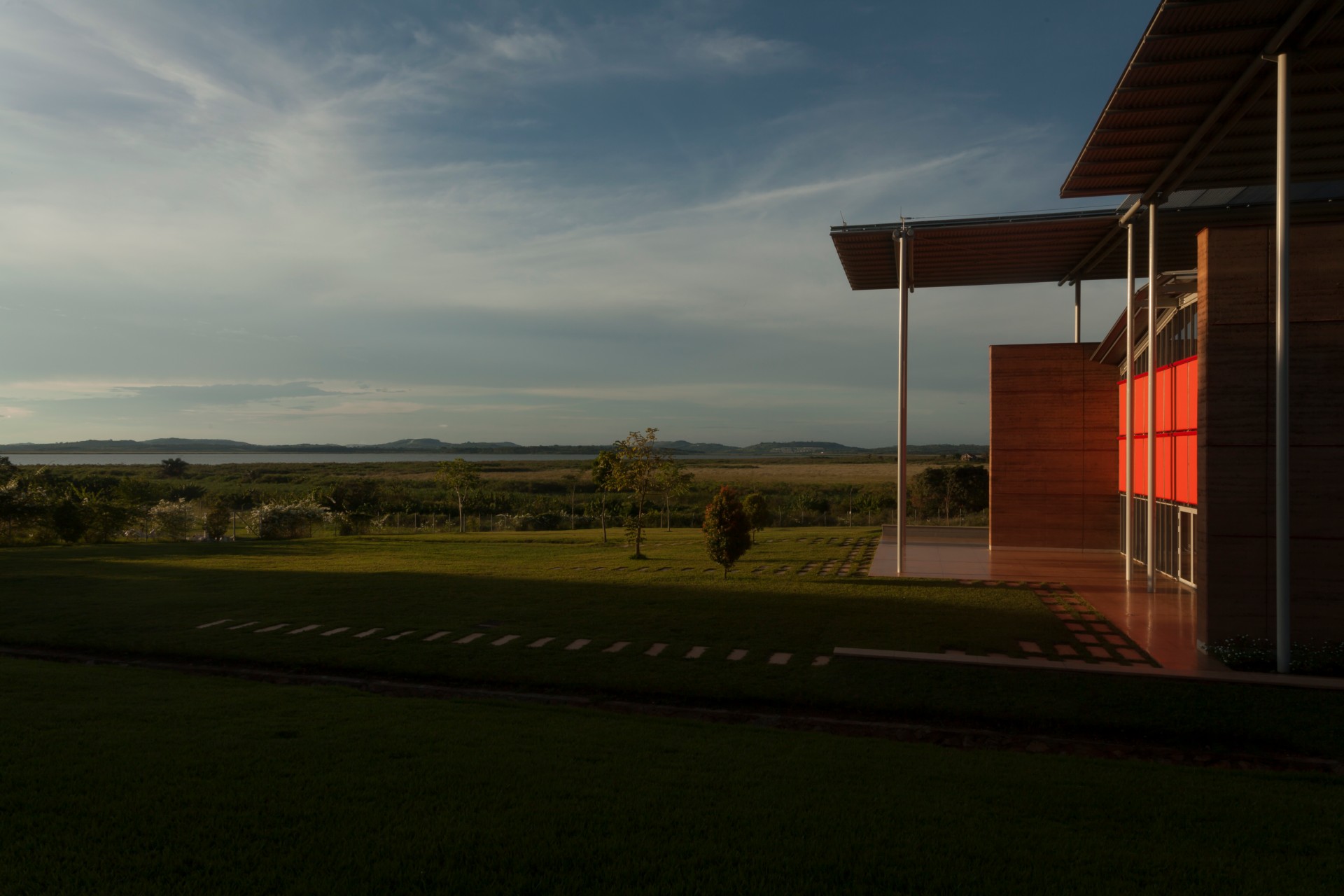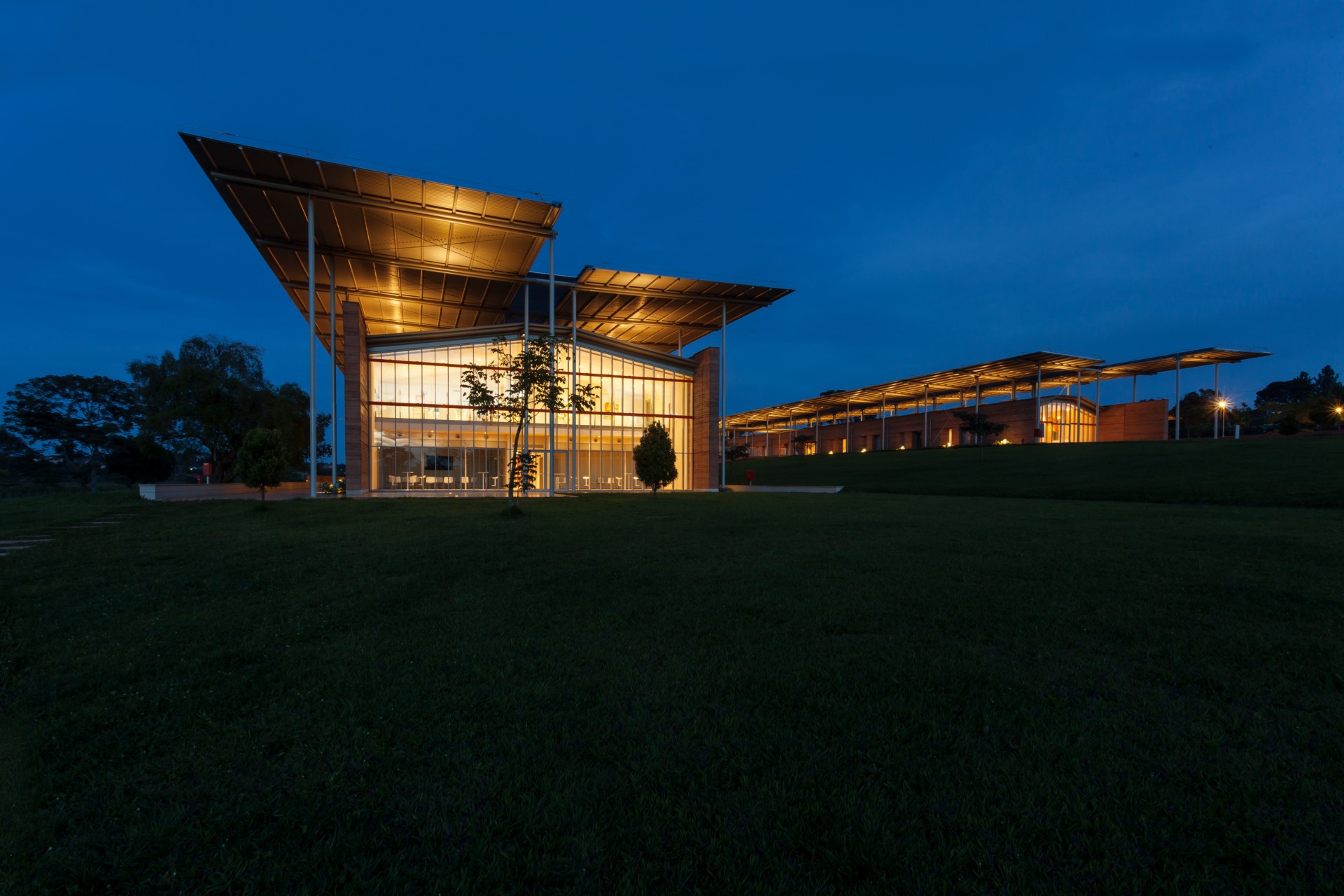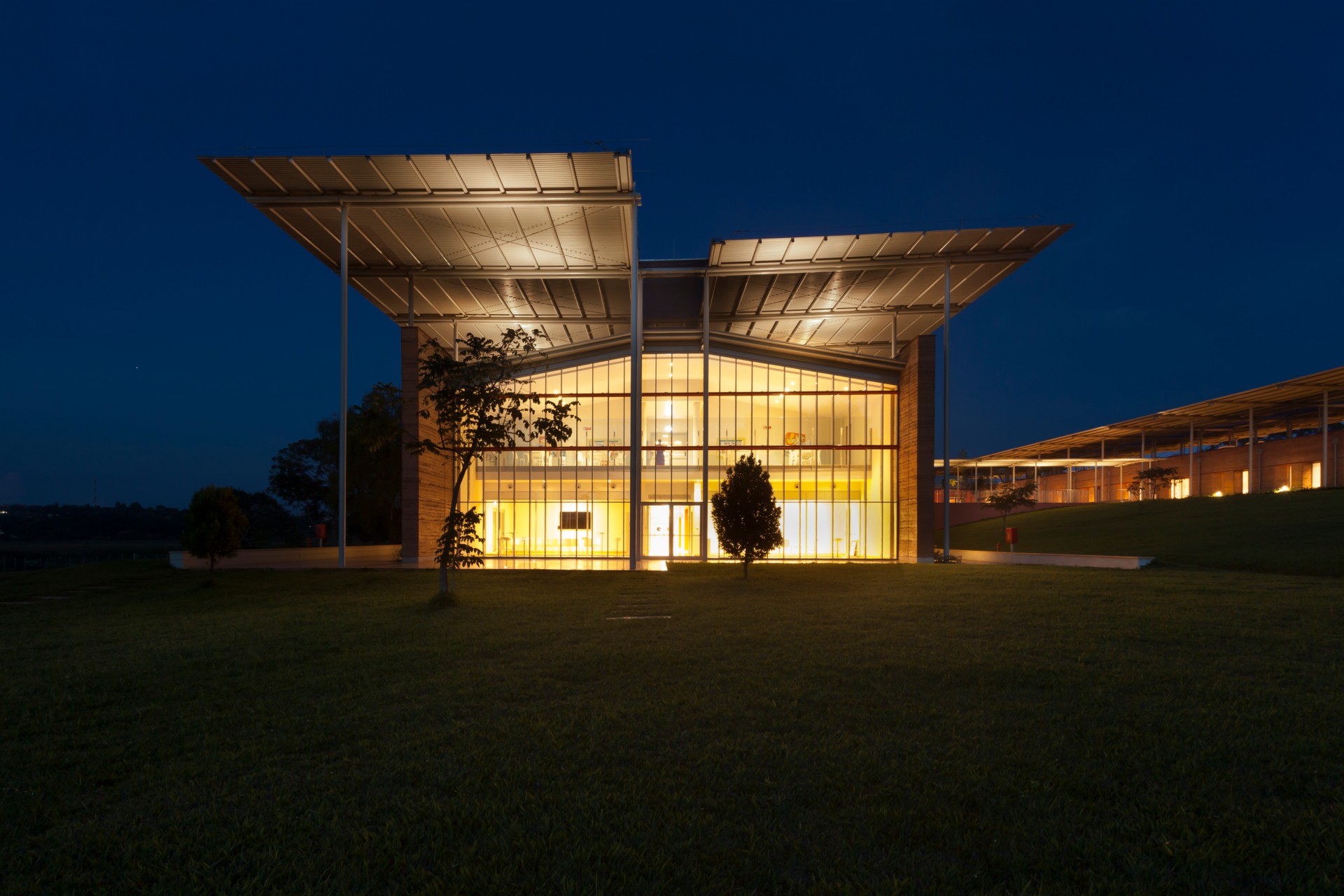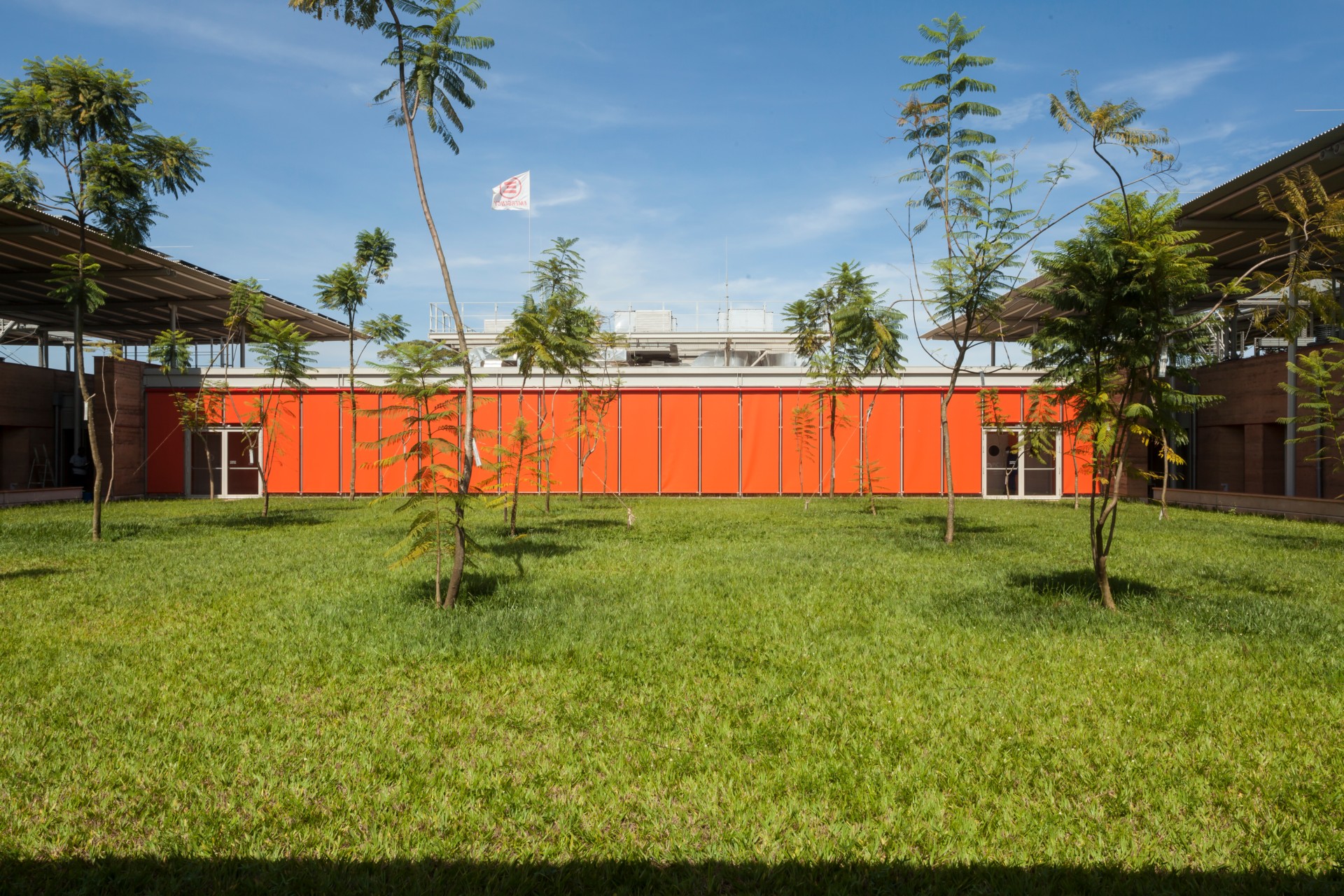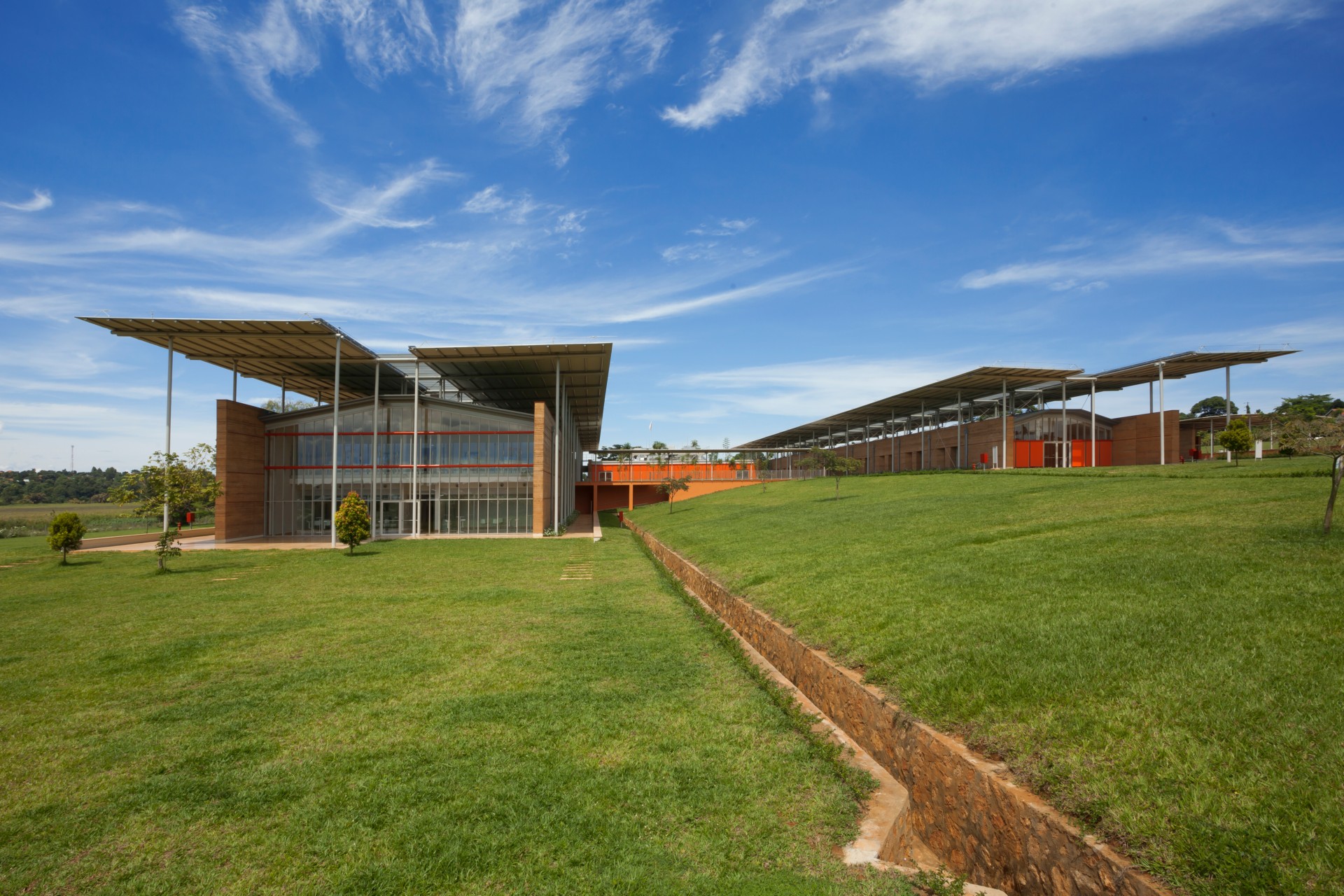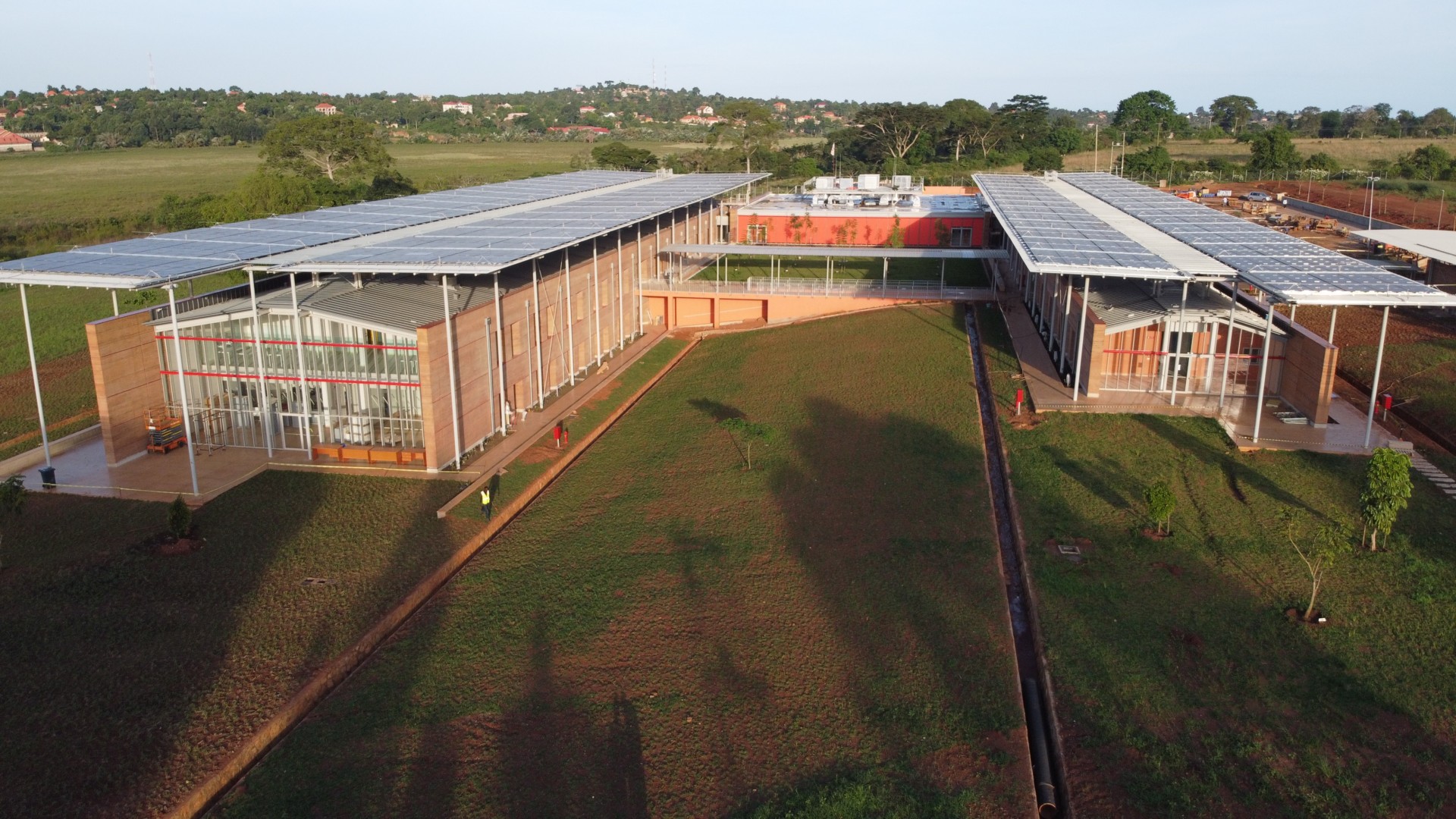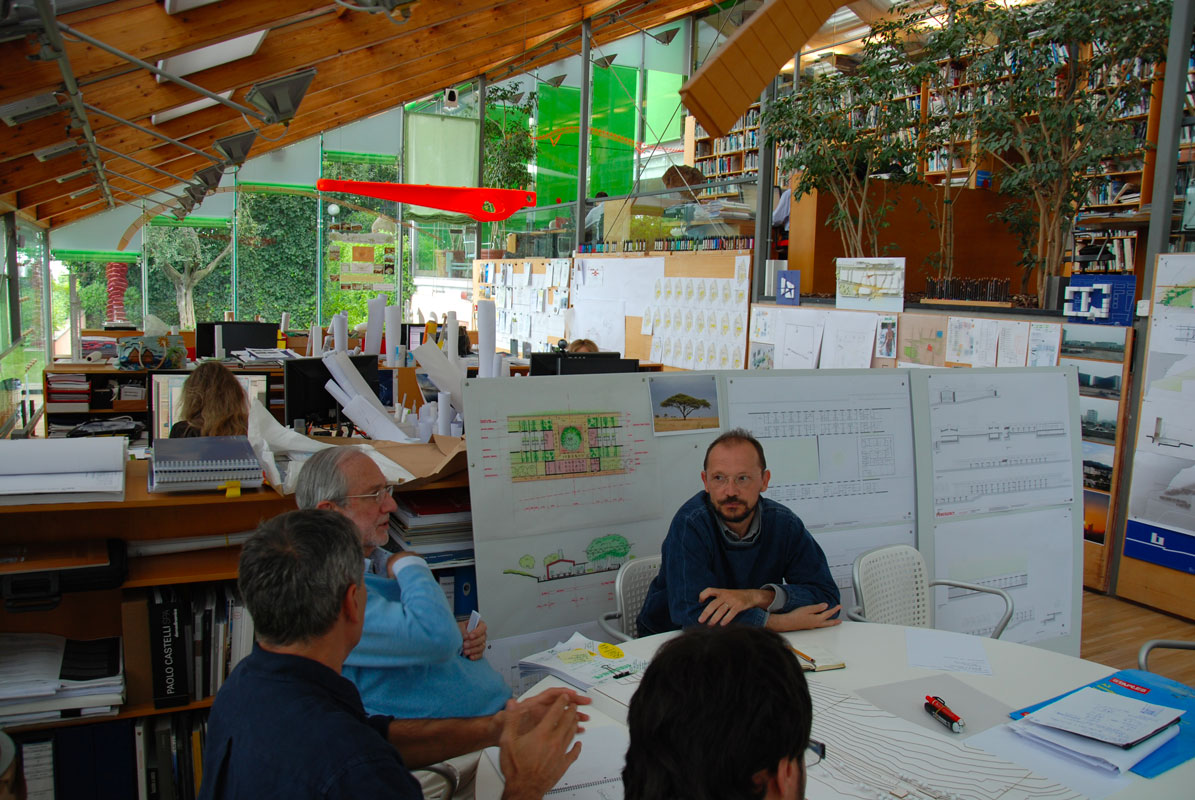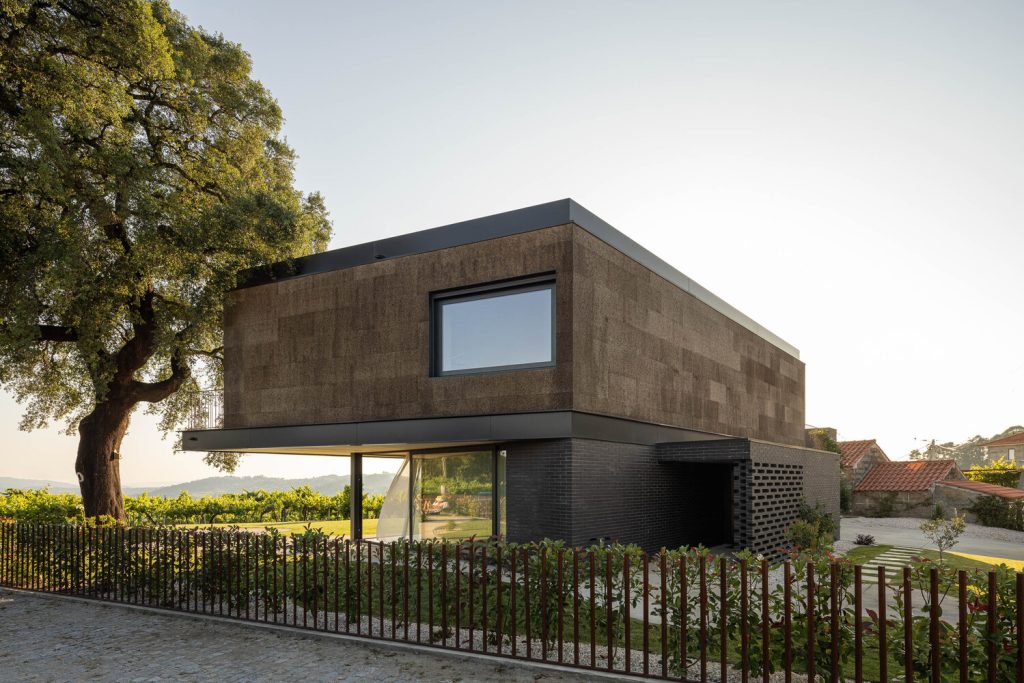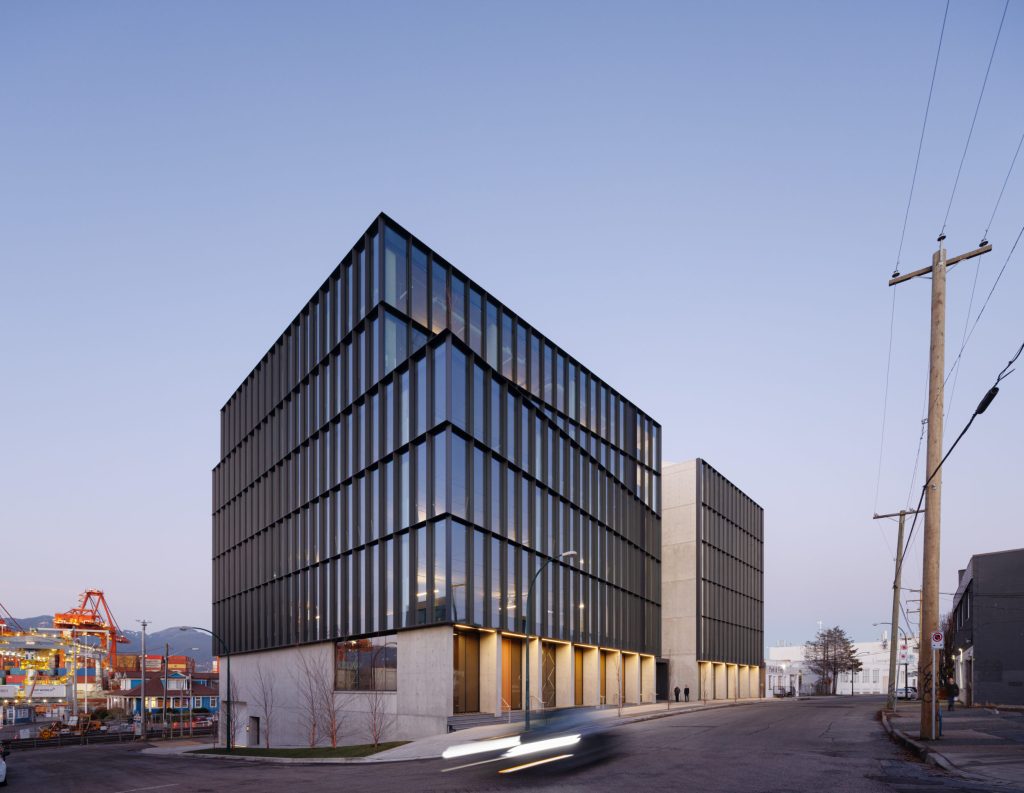
Children’s Surgical Hospital / Renzo Piano Building Workshop + Studio TAMassociati + Emergency
The Children’s Surgical Hospital in Entebbe, Uganda, designed by Renzo Piano and his RPBW Studio, TAMassociati Studio and Emergency‘s Building Division, offers free paediatric surgical care in a country where about half the population is under fifteen and the infant mortality for children under five is 49 for every 1,000 live births. With its 72 beds and 3 operating theatres, it is supposed to become a point of reference for paediatric elective surgery, and to treat hundreds of children a year, from all over Uganda and the African continent.
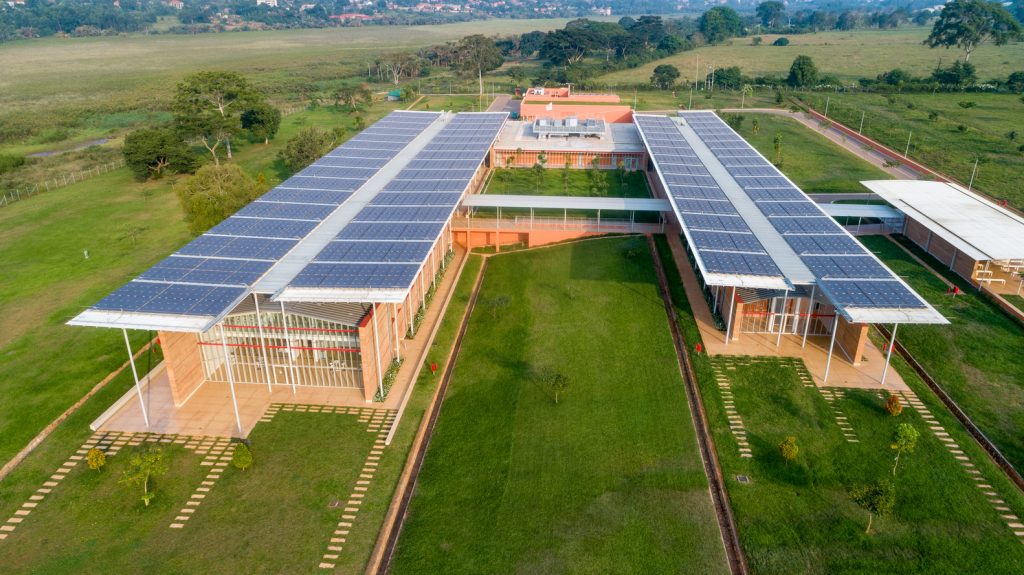

The project began when Gino Strada, surgeon and founder of EMERGENCY, met Renzo Piano. Their challenge was to combine excellent surgery and excellent architecture, two disciplines that, on the surface, do not have much in common. The result of this combination was healing architecture. The concept of healing architecture is very simple. Beauty is not just an aesthetic choice; it is part of treatment. It can have a physical and mental effect on patients and so play a part in healthcare.
One of the guiding principles of the project was the idea of a hospital that was not just functional and efficient from a medical point of view, but also ‘scandalously beautiful’. It would respect the dignity of the patients and their surroundings. Every detail of the hospital was built with children in mind. The walls are covered in pictures, colour is everywhere, large windows fill the rooms with light and the garden offers a place to play. All these things were designed to convey peace and safety, to make our young patients feel at home. They reflect something that to us is essential: putting patients, their needs, their personalities, their fears and their rights, at the centre of everything.
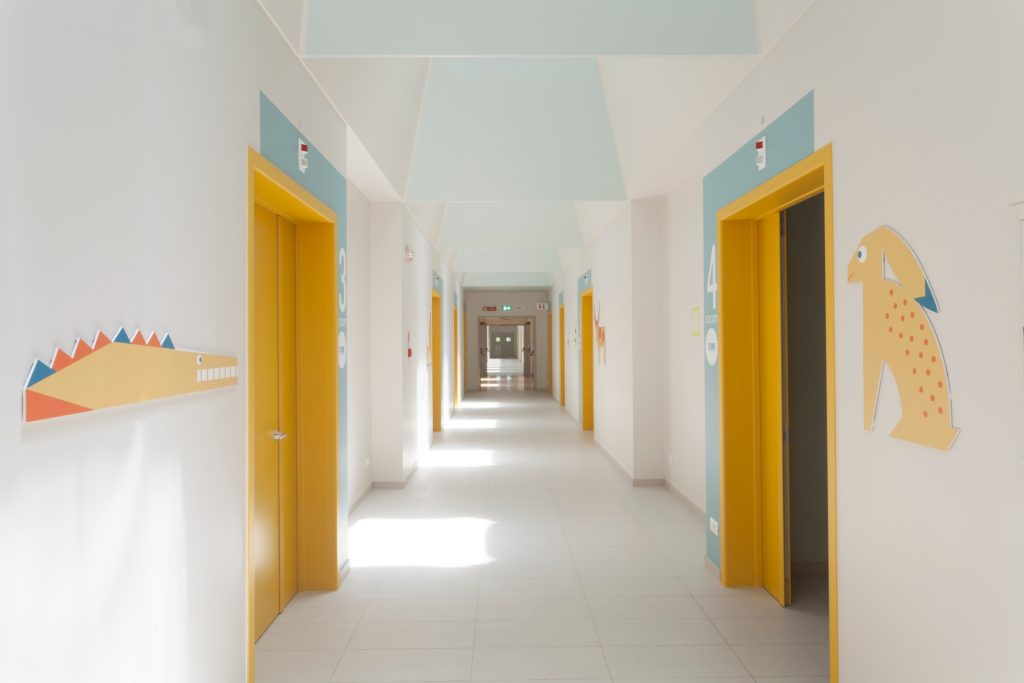
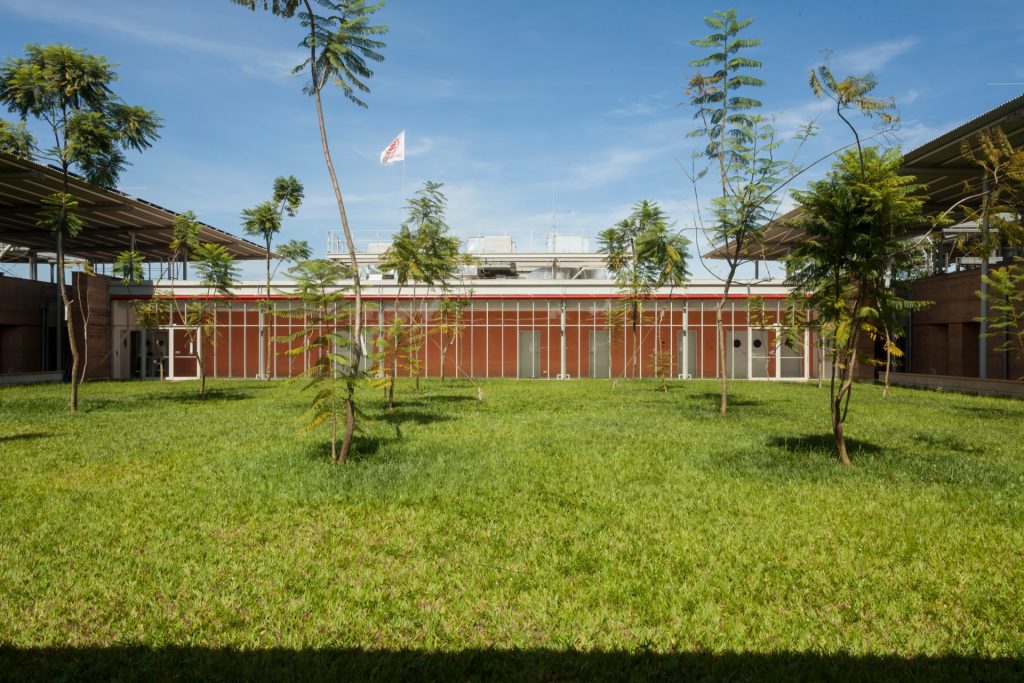
The facility boasts 100,000 square feet (9,700 m2) of floor space, 72 beds – 6 for intensive care and 16 for sub-intensive care – 50 beds in the ward, one observation and stabilisation ward, 6 outpatient clinics, a diagnostic centre, a laboratory for analysis, a blood bank, a pharmacy, as well as all the auxiliary services such as a canteen and a laundry. It also has a guest house, a free-of-charge accomodation for patients and families coming from afar. The choice we made for the hospital was to create a point of reference in Uganda for paediatric elective surgery, with operations planned in advance and organised through waiting lists, in order to systematically tackle deep-set problems in Uganda and nearby countries.
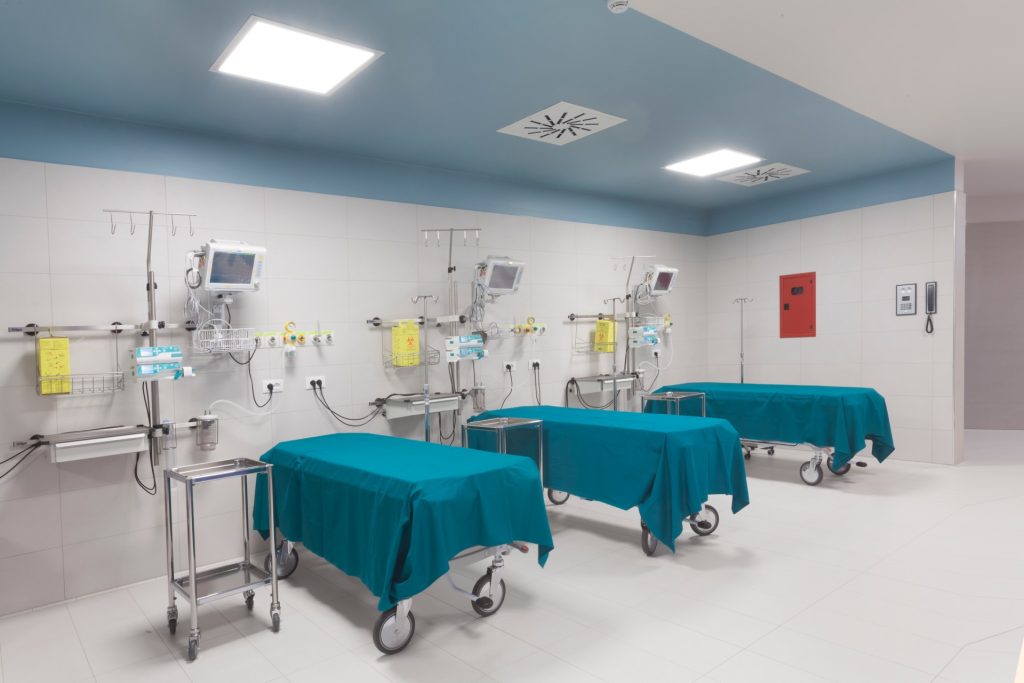
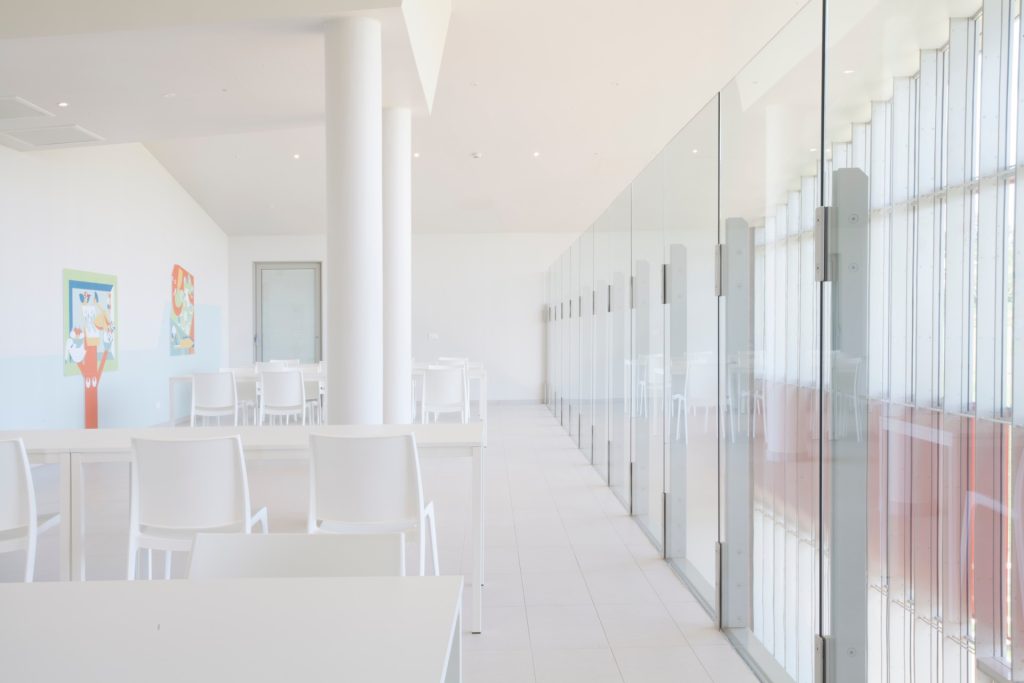
One of the most fundamental but also trickiest aspects of our work in Entebbe was coupling the prerequisites for the project; beauty and excellence, with sustainability – the thing that makes the first two both possible and lasting. The Children’s Surgical Hospital is one big experiment in a circular economy. Its walls are made of earth dug from its own building site and decked in thousands of solar panels that help cover its energy demands. And earthen walls and solar energy are only half the story. Every resource, from water to heating, is calibrated, assessed and managed in the knowledge that this hospital was built for Uganda and will one day be handed over to the local authorities, for good.
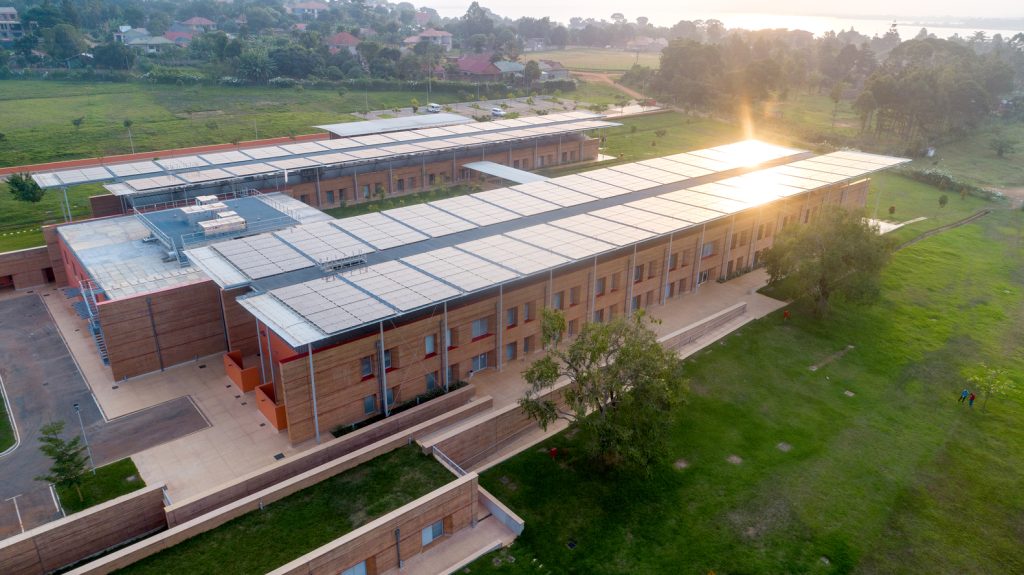
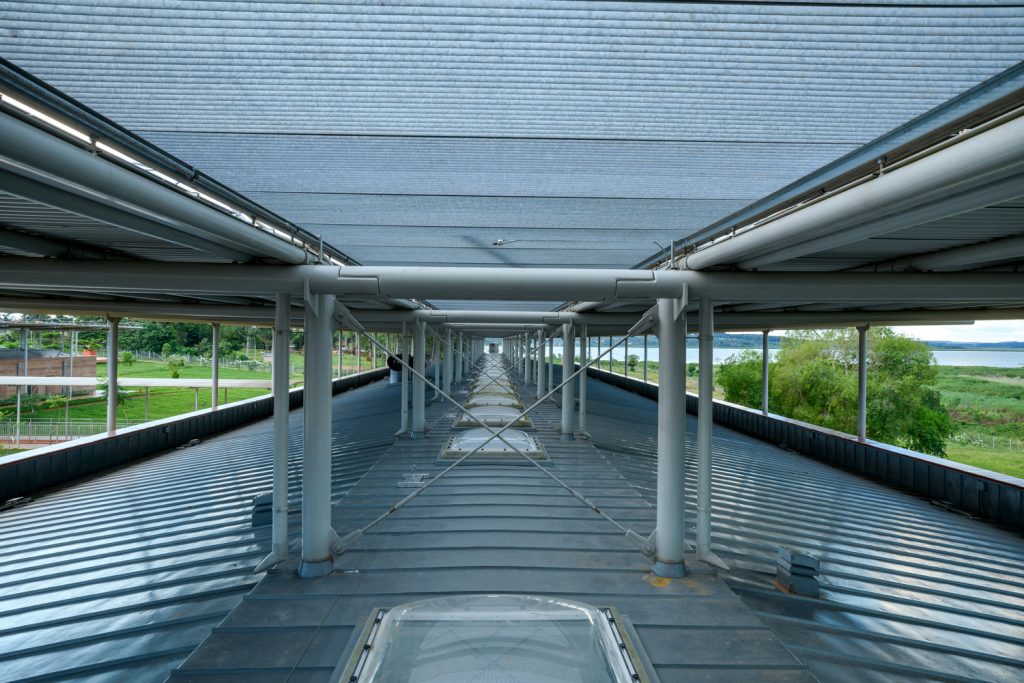
The facility was built with excavated earth. Load-bearing walls were made of raw earth using the traditional rammed earth. Rammed earth is a simple and cheap construction method. As in other EMERGENCY hospitals, there will also be a garden, with 350 trees. Green areas are an important part of patient recovery and healing, as recent international medical studies have shown. The Children’s Surgical Hospital is the second milestone of ANME (African Network of Medical Excellence), created in 2009 to develop free, high-quality healthcare systems in their countries.
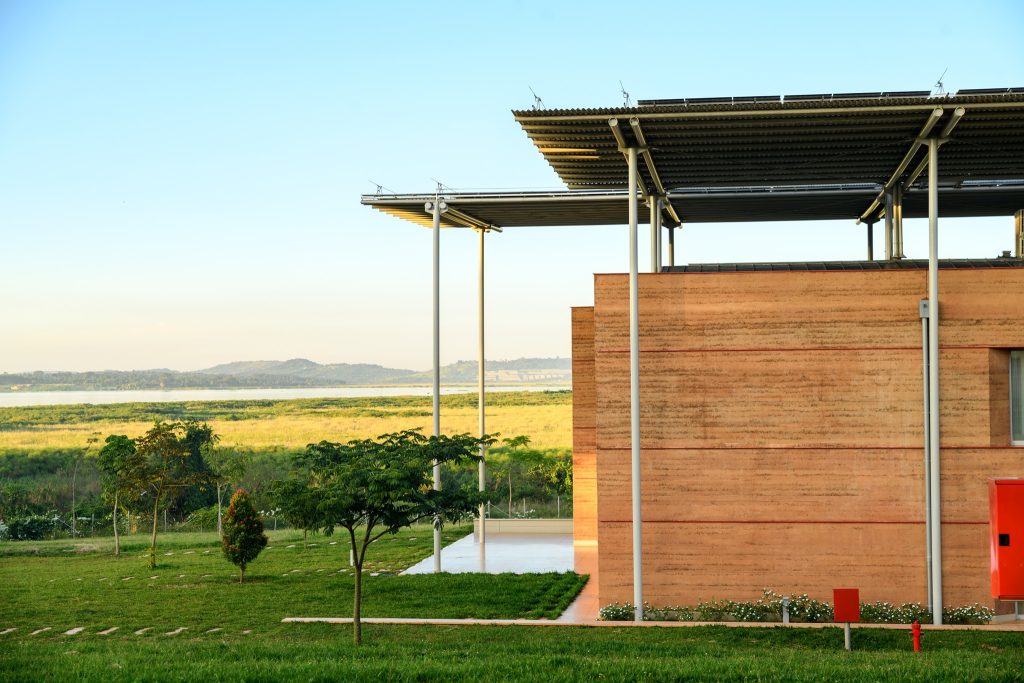
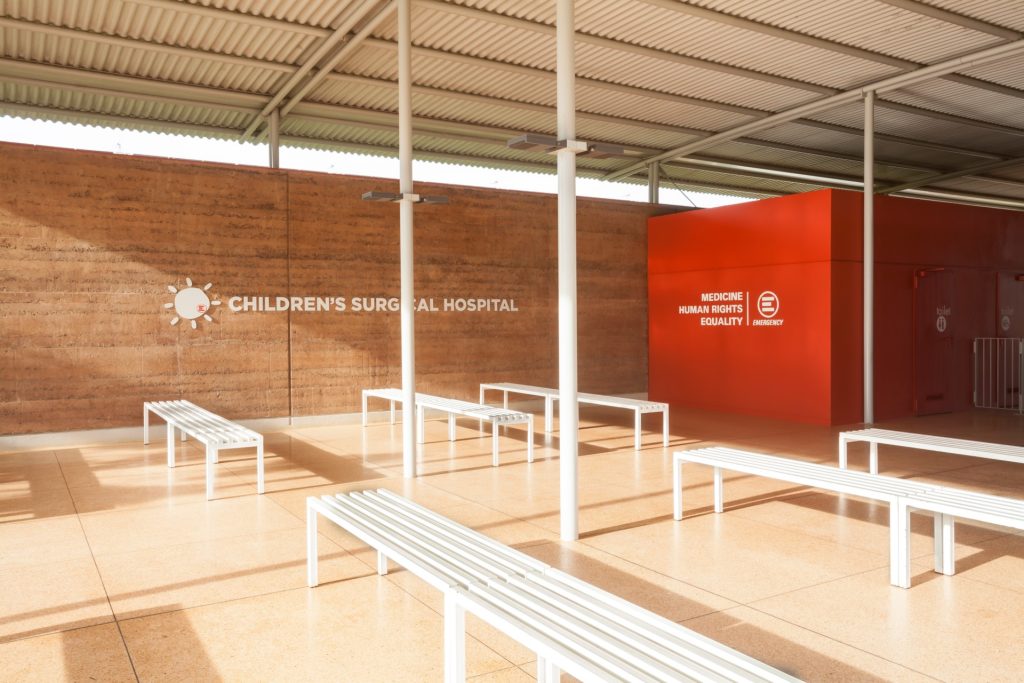
“What most struck me that day was something Gino said: “I want a scandalously beautiful hospital.” Those two words together were the perfect plan, not to mention a promise: we would bring the best of our skills, all the facilities, technologies and resources needed. As Gino says, it is a duty to share the best results we have achieved, be it in medicine, surgery or architecture. And then there was that adjective, ‘beautiful’, which carries a precise idea of beauty that I share totally. As sometimes happens, we found ourselves saying the same thing in different languages”. Renzo Piano

